Letter-sound association Alphabet Worksheets for Ages 3-8
12 filtered results
-
From - To
Discover our comprehensive Letter-Sound Association Alphabet Worksheets tailored for children ages 3-8! These engaging, educational worksheets are designed to help young learners connect letters with their corresponding sounds effectively. Each worksheet features fun, interactive activities that nurture early reading skills, phonemic awareness, and confidence in letter recognition. Created by educational experts, they provide the perfect blend of entertainment and education, ensuring children enjoy every step of their learning journey. Suitable for preschool, kindergarten, and early elementary students, these worksheets make foundational literacy skills accessible and enjoyable, both in classrooms and at home. Explore more and give your child a head start in reading today!
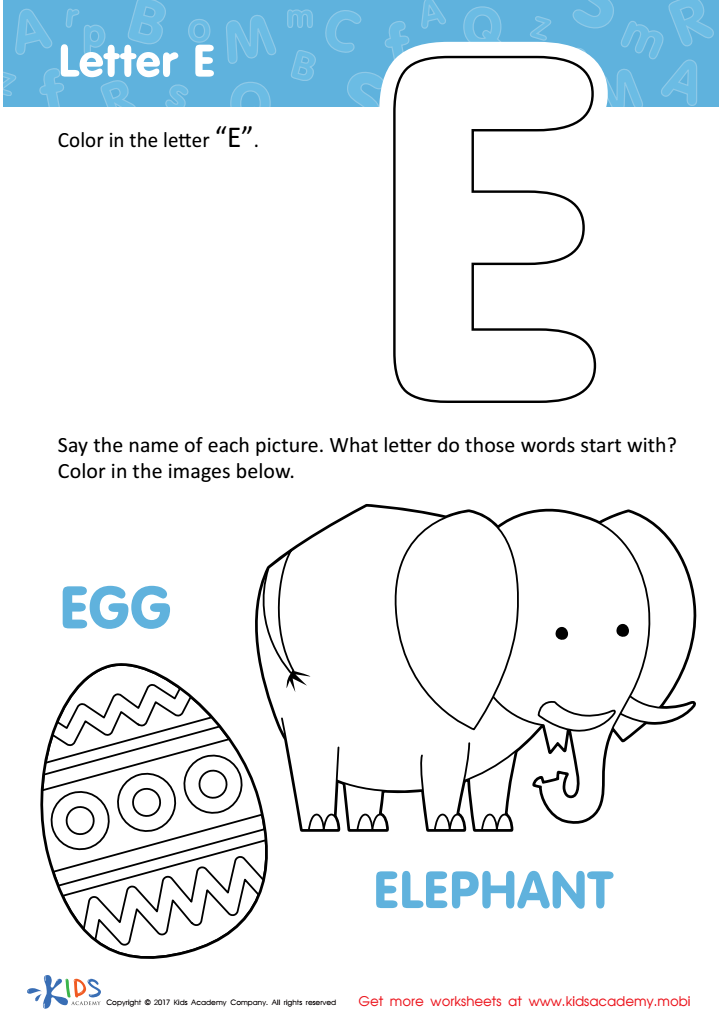

Letter E Coloring Sheet


Letters J and K Tracing Worksheet
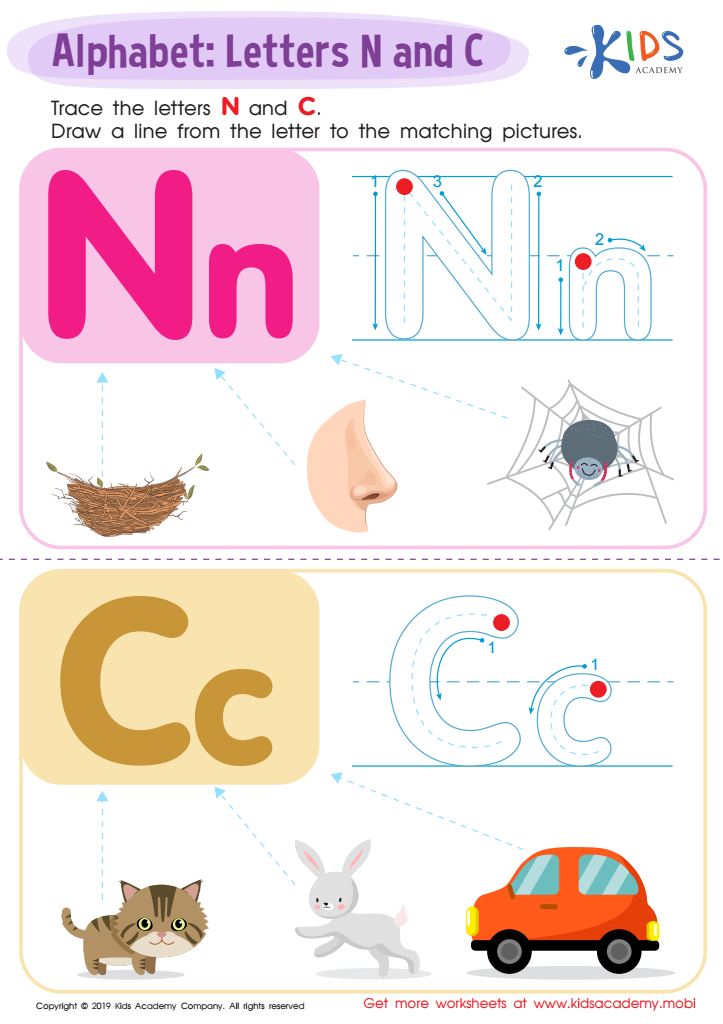

Letter N and C Tracing Worksheet
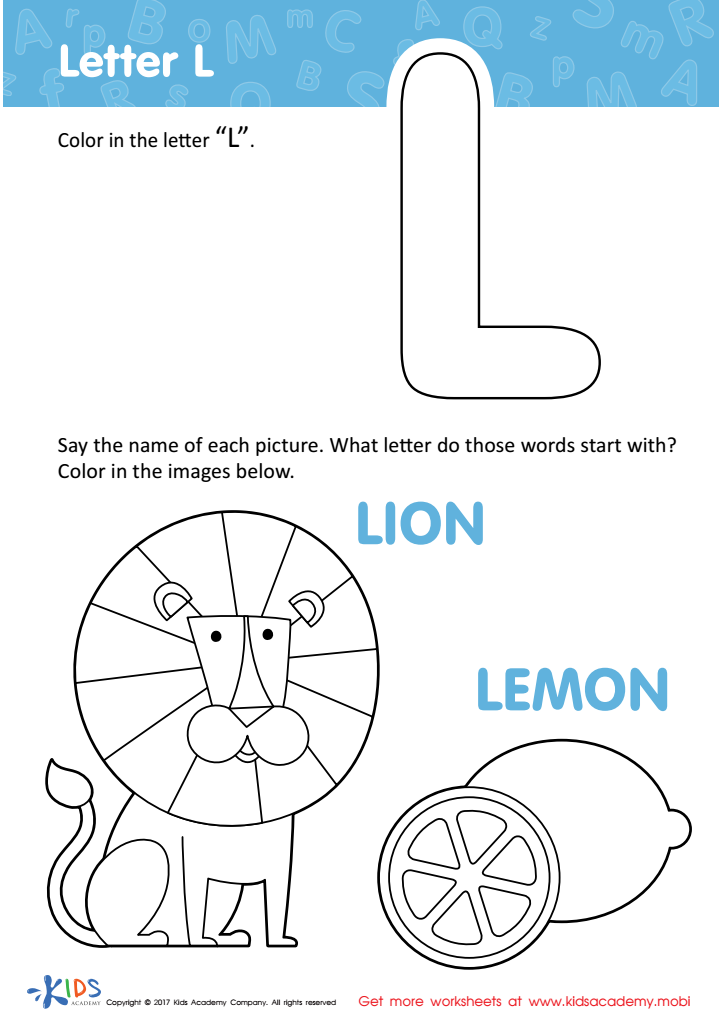

Letter L Coloring Sheet
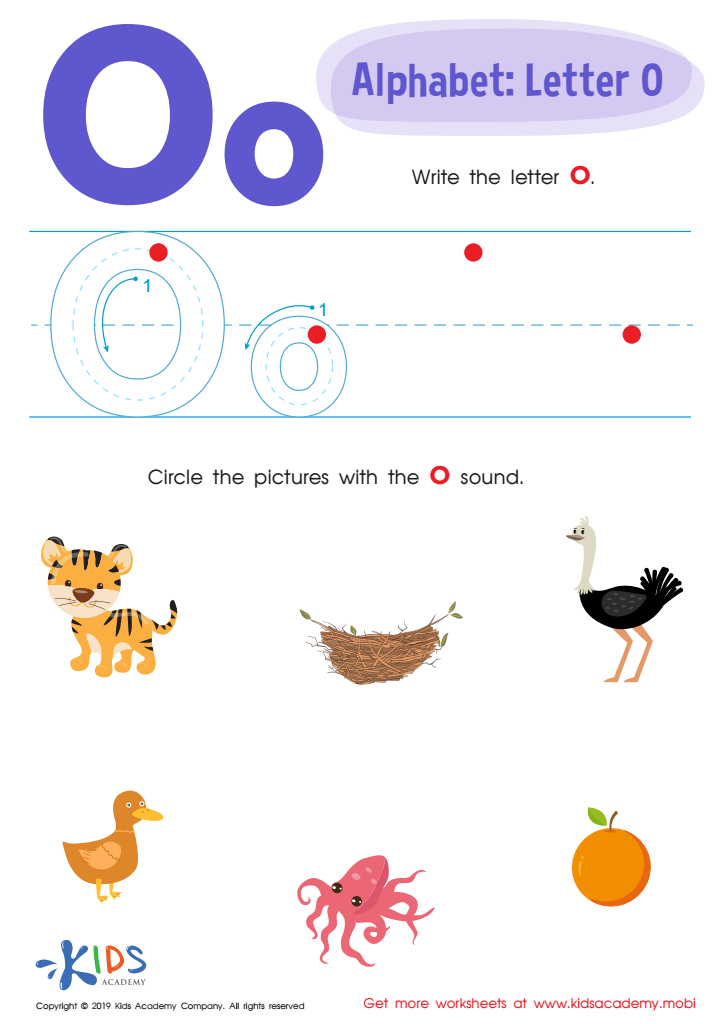

Letter O Tracing Worksheet
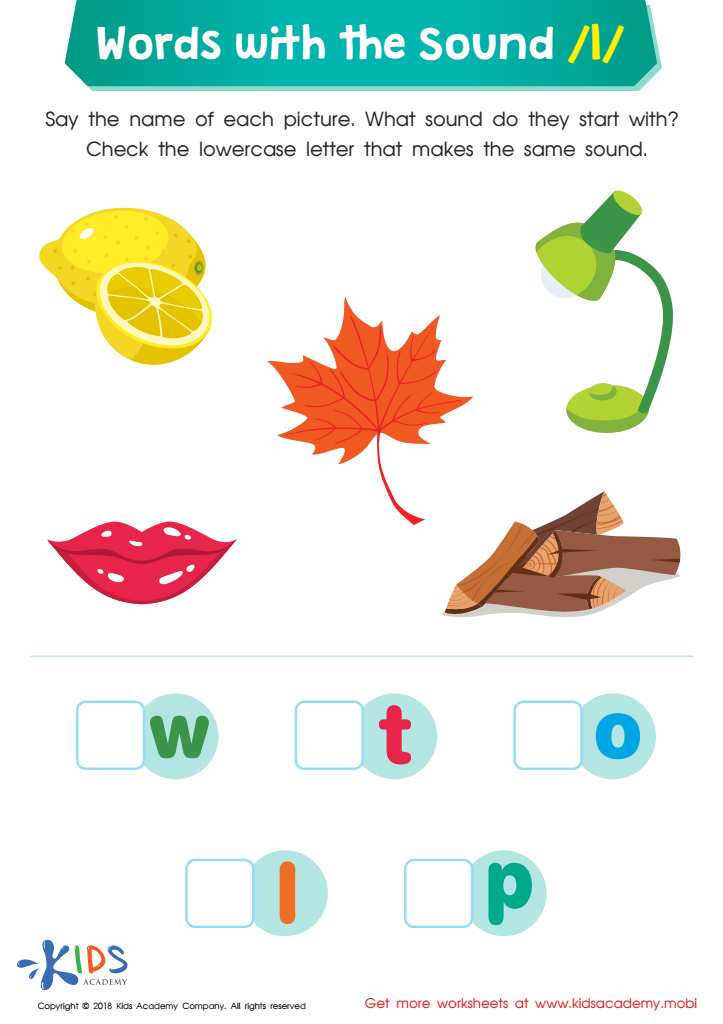

Words with Sound L Reading Worksheet
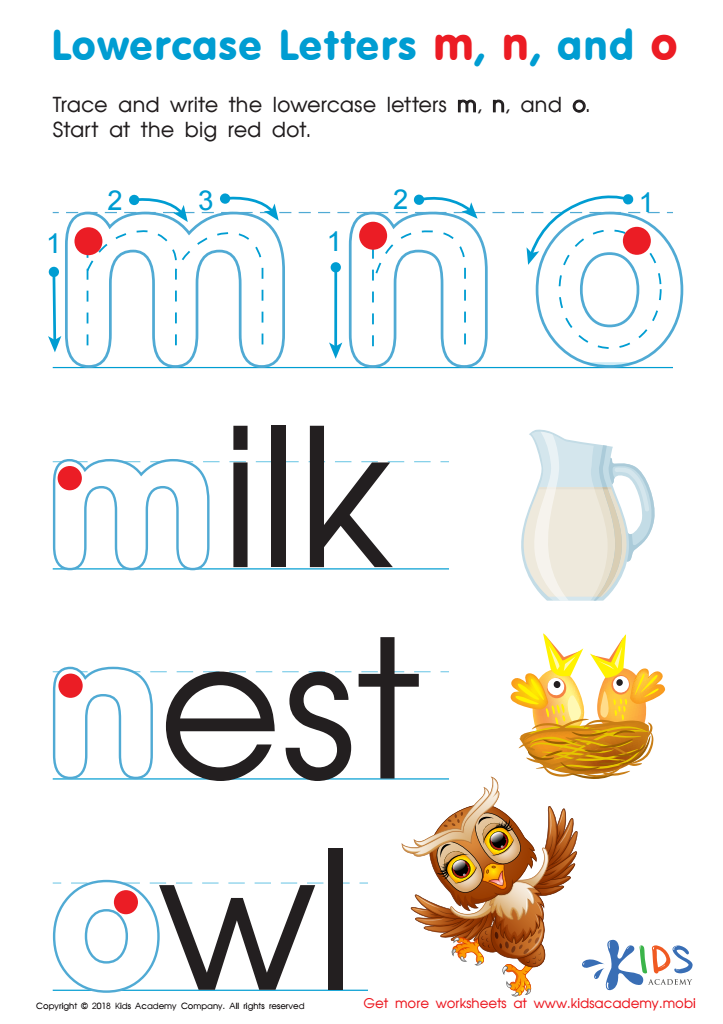

Lowercase Letters m n o Worksheet
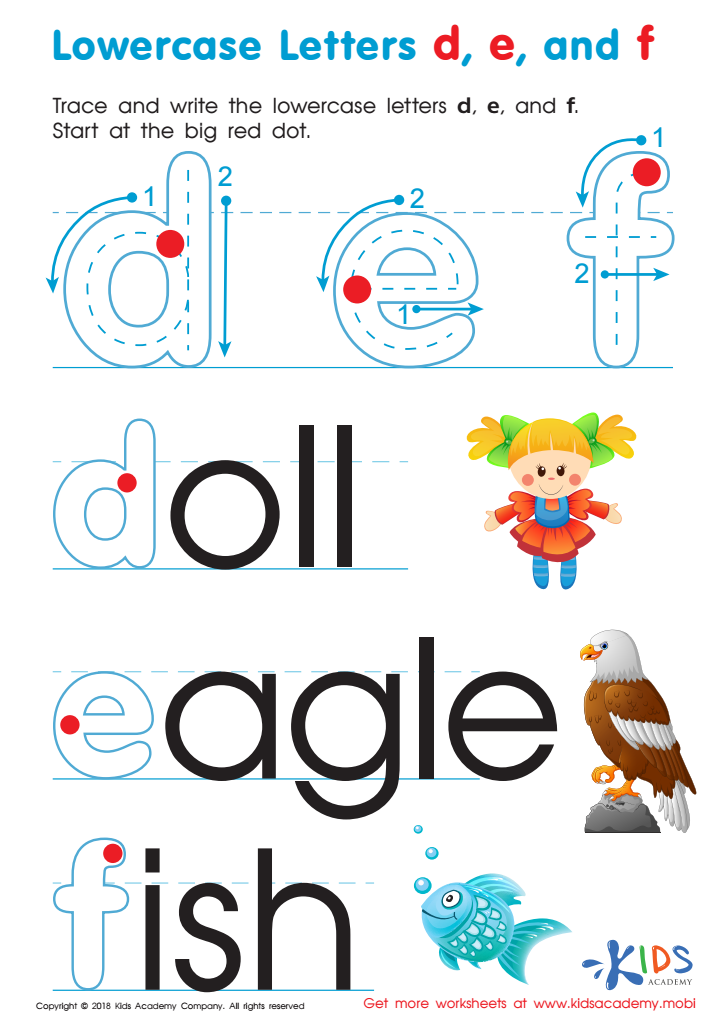

Lowercase Letters d e f Worksheet
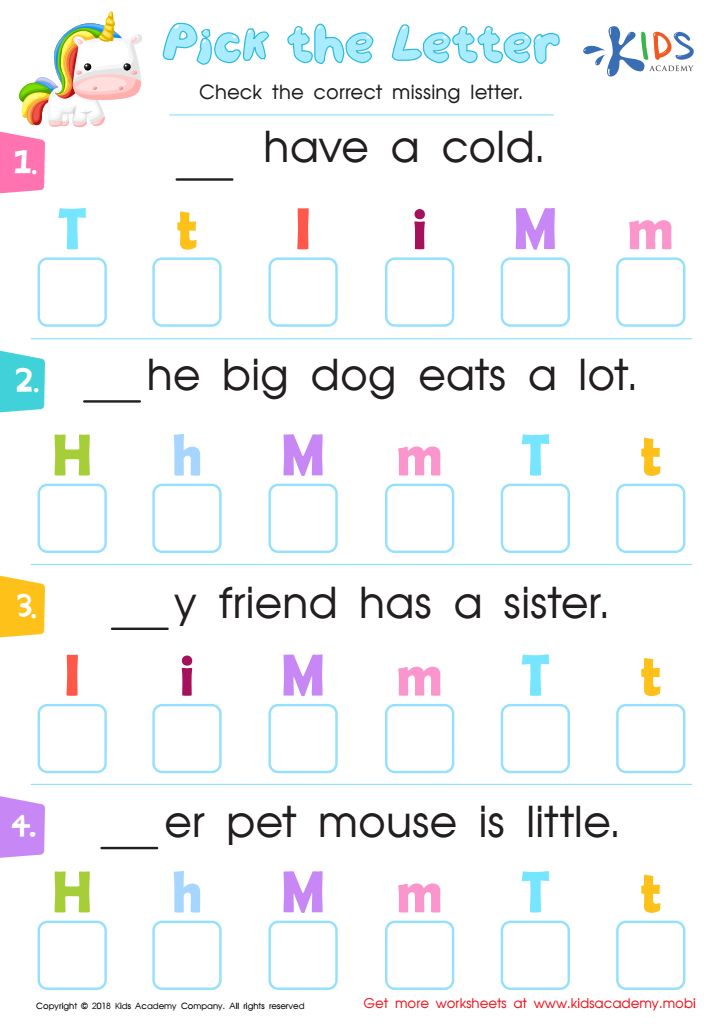

Pick the Letter Worksheet
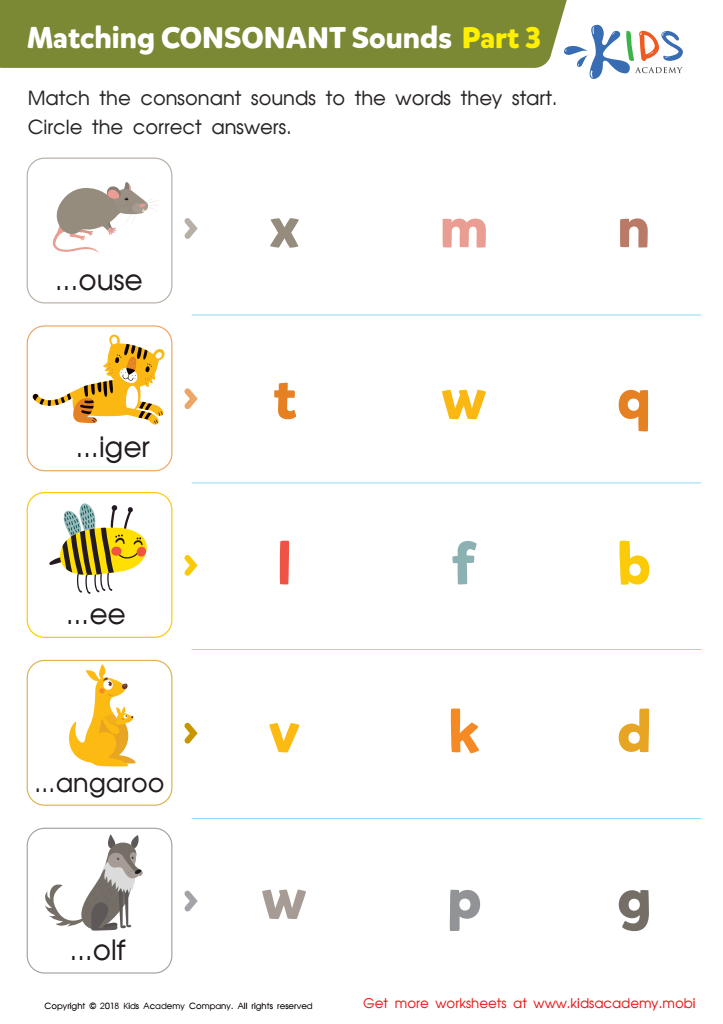

Matching Consonant Sounds: Part 3 Worksheet
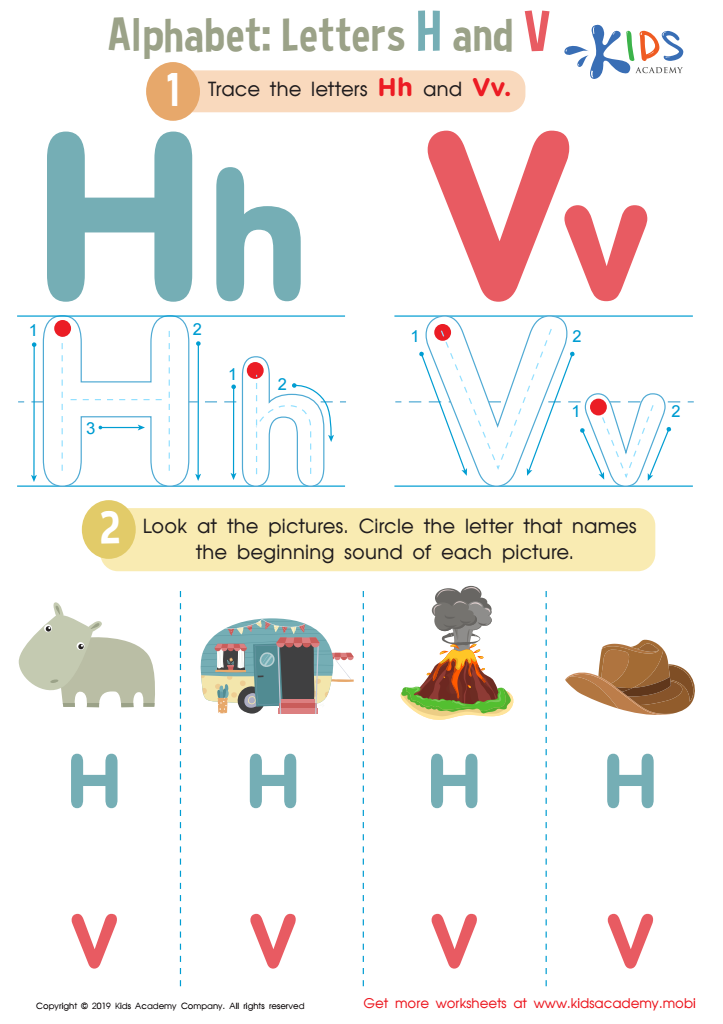

Letters H and V Tracing Worksheet
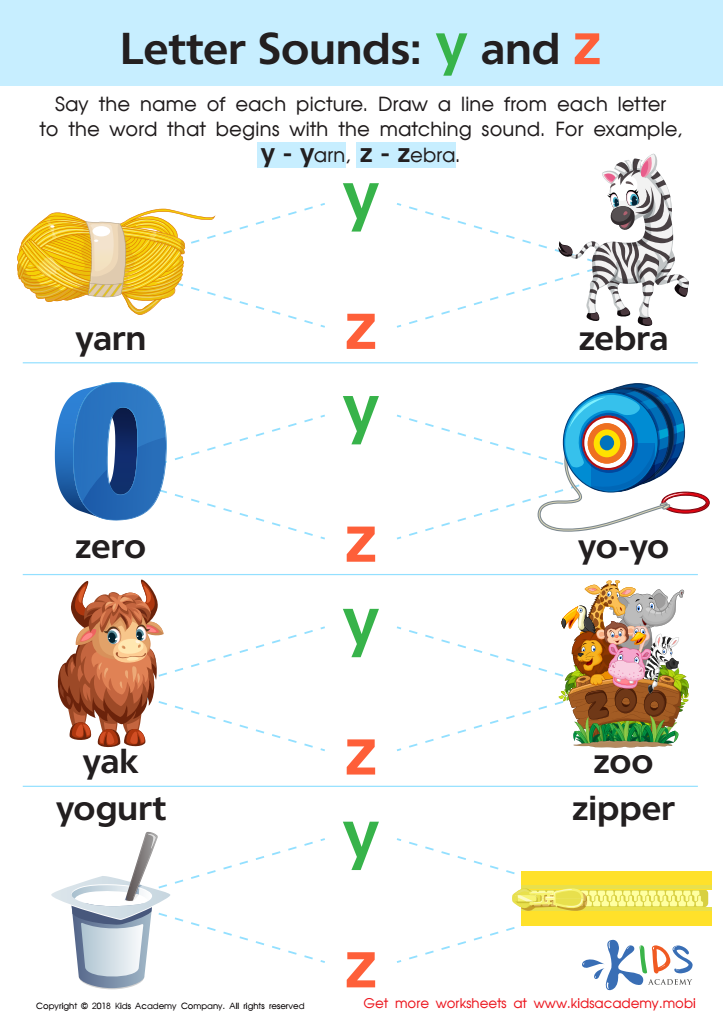

Letter Y and Z Sounds Worksheet
Understanding letter-sound associations, also known as phonics, is crucial for young children aged 3-8 as it forms the foundational skill for reading and writing. For parents and teachers, focusing on this aspect is essential because it directly influences literacy development, a key component of a child's overall educational journey.
Phonics helps children decode words by connecting letters with their corresponding sounds. This skill allows them to sound out new words, thus increasing their reading proficiency. As children become proficient readers, they gain confidence, which encourages a positive attitude towards learning and academic exploration.
Moreover, early mastery of letter-sound associations can prevent future reading difficulties. Research shows that early intervention in phonics can decrease the likelihood of reading disorders, such as dyslexia. This early preventive measure can save children from years of academic struggle and emotional stress.
For teachers, concentrating on letter-sound associations makes classroom instruction more effective. It allows for targeted teaching strategies that can cater to different learning paces, making the educational experience more inclusive. For parents, reinforcing these skills at home accompanies the child’s school learning, ensuring a consistent and supportive learning environment.
In summary, prioritizing letter-sound associations from a young age equips children with the essential tools needed for successful reading and writing, unleashing their potential for lifelong learning.
 Assign to My Students
Assign to My Students














